Terrazzo floors are valued for their durability, elegance, and long-lasting appeal, but even the toughest surfaces need proper care. Regular maintenance not only preserves their shine but also helps prevent stains, cracks, and dullness over time.
In this guide, you’ll learn practical tips and best practices to keep your terrazzo finishes looking beautiful, clean, and well-protected for years to come.
Why is Maintaining Terrazzo Finishes Important?
- Regular cleaning helps protect durable terrazzo finishes from scratches, stains, and daily wear.
- Maintenance keeps the surface smooth and shiny, adding to its aesthetic appeal.
- Caring for terrazzo helps preserve its long-lasting finish, even in high-traffic areas.
- Proper upkeep supports terrazzo flooring sustainability by reducing the need for repairs or replacement.
- Regular care makes low-maintenance terrazzo floors even easier to manage over time.
- Maintenance helps keep recycled terrazzo materials looking fresh and polished.
- Well-maintained terrazzo supports eco-friendly terrazzo options and green building goals.
- Clean, polished floors add value to any space using sustainable terrazzo solutions.
How Can You Properly Clean and Maintain Terrazzo Finishes?
- Use pH-neutral cleaners with warm water to gently clean durable terrazzo finishes without harming the surface.
- Always use soft mops or microfiber cloths to protect low-maintenance terrazzo floors from scratches.
- Avoid harsh chemicals or acidic cleaners, as they can damage eco-friendly terrazzo options and dull the shine.
- Clean up spills right away to prevent stains on long-lasting terrazzo finishes.
- For dirt buildup, sweep or vacuum regularly to maintain terrazzo flooring sustainability.
- Use mild stain removers approved for recycled terrazzo materials to avoid surface damage.
- Dry the floor after cleaning to keep the smooth texture of your sustainable terrazzo solutions.
- Gentle care keeps terrazzo looking polished and supports terrazzo green building standards.
How Often Should Terrazzo Finishes Be Sealed or Polished?
- Terrazzo finishes should be sealed every 1–2 years, depending on usage and the environment.
- In high-traffic areas, sealing may be needed more often to protect durable terrazzo finishes from wear.
- Polishing every 6–12 months helps restore shine and maintain smoothness on long-lasting terrazzo finishes.
- Regular polishing removes light scratches and keeps low-maintenance terrazzo floors looking fresh.
- Sealing prevents stains and moisture damage, supporting terrazzo flooring’s sustainability over time.
- Proper sealing protects eco-friendly terrazzo options and enhances their appearance.
- A good maintenance schedule helps preserve sustainable terrazzo solutions in both residential and commercial spaces.
- Timely care extends the life of recycled terrazzo materials and keeps them performing like new.
What Are the Common Mistakes to Avoid When Maintaining Terrazzo Finishes?
- Avoid using acidic or abrasive cleaners as they can dull or damage durable terrazzo finishes.
- Don’t use bleach or vinegar, as these harm the shine of eco-friendly terrazzo options.
- Avoid using too much water because it can seep into cracks and weaken long-lasting terrazzo finishes.
- Never leave spills unattended; this can stain recycled terrazzo materials and affect appearance.
- Don’t drag heavy furniture across the floor as it can scratch low-maintenance terrazzo floors.
- Skipping sealing or polishing can reduce terrazzo flooring’s sustainability and shorten its lifespan.
- Avoid using rough scrub brushes or pads that can scratch sustainable terrazzo solutions.
- Not following a care routine can impact the performance of terrazzo green building materials.
How Can You Protect Terrazzo Finishes from Damage and Wear?
- Place area rugs or floor mats in high-traffic zones to protect durable terrazzo finishes from dirt and grit.
- Use furniture pads under chairs, tables, and heavy items to avoid scratching low-maintenance terrazzo floors.
- Clean spills immediately to prevent staining on recycled terrazzo materials and preserve surface shine.
- Regular sweeping or vacuuming helps reduce debris buildup and supports terrazzo flooring sustainability.
- Avoid wearing high heels or dragging objects to keep the eco-friendly terrazzo options in good condition.
- Use doormats at entry points to stop dirt from damaging long-lasting terrazzo finishes.
- Gentle care and protection extend the life of sustainable terrazzo solutions in any setting.
- These simple steps also help maintain the quality of terrazzo green building surfaces.
What Products Are Best for Maintaining Terrazzo Finishes?
- Use pH-neutral terrazzo floor cleaners to clean durable terrazzo finishes safely without damaging the surface.
- Choose high-quality sealers made specifically for terrazzo to protect eco-friendly terrazzo options from stains and moisture.
- Apply terrazzo-safe polishing agents to restore shine and maintain long-lasting terrazzo finishes.
- Avoid harsh chemicals and abrasive products that can harm recycled terrazzo materials.
- Use soft microfiber cloths or mops to clean without scratching low-maintenance terrazzo floors.
- Always check product labels to ensure they are suitable for terrazzo green building standards.
- The right products and tools help maintain sustainable terrazzo solutions and extend the floor’s lifespan.
Wrapping Up: Best Practices for Maintaining Terrazzo Finishes
Maintaining terrazzo finishes properly ensures they stay beautiful, strong, and long-lasting. Start with regular cleaning using pH-neutral cleaners and soft mops or microfiber cloths to avoid scratching the surface.
Always clean up spills immediately to prevent staining, especially on recycled terrazzo materials. For deeper protection, seal the floor every 1–2 years, especially in high-traffic areas, to guard against moisture and wear.
Periodic polishing every 6–12 months helps restore the floor’s natural shine and smooth finish, keeping it looking new.
To prevent damage, use furniture pads under legs and avoid dragging heavy items across the floor. Area rugs and mats in busy spaces can help trap dirt and debris, reducing surface abrasion.
Choosing high-quality, terrazzo-safe products supports terrazzo flooring sustainability and ensures your eco-friendly terrazzo options stay in excellent condition.
By consistently following these best practices including cleaning, sealing, polishing, and protecting, you can enjoy the full benefits of low-maintenance terrazzo floors and extend the life of your sustainable terrazzo solutions for decades.

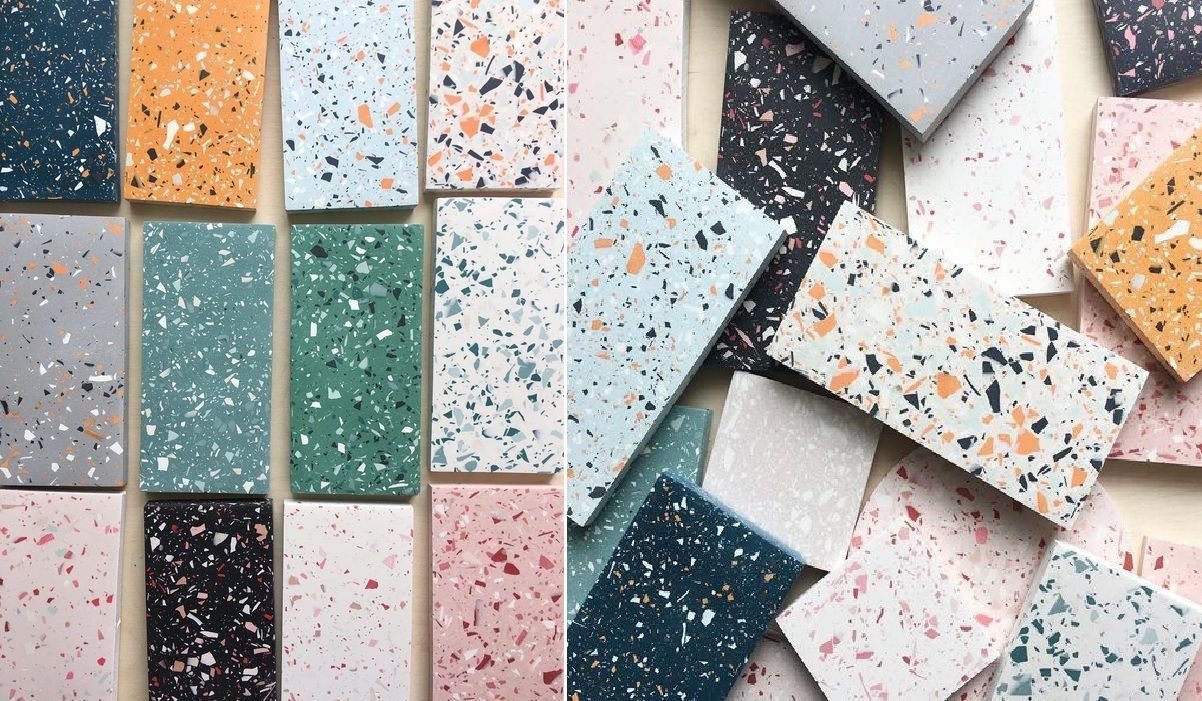
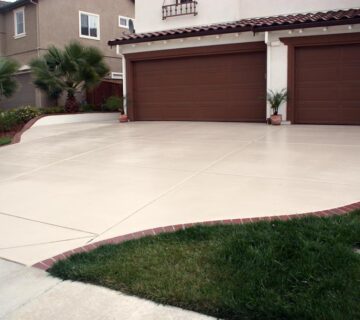
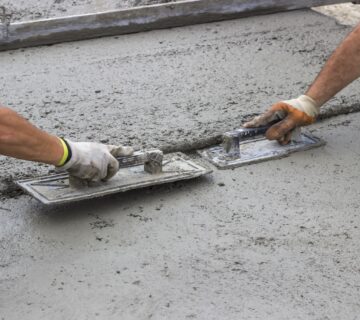
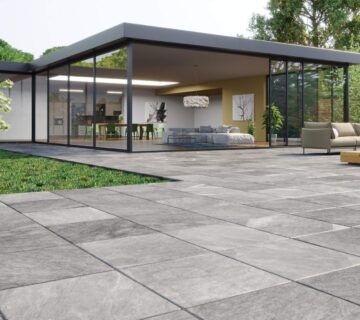
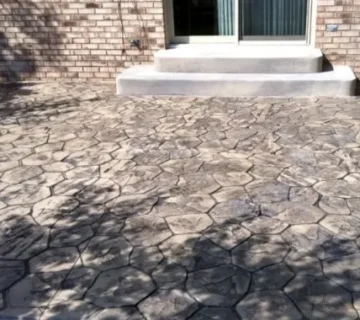
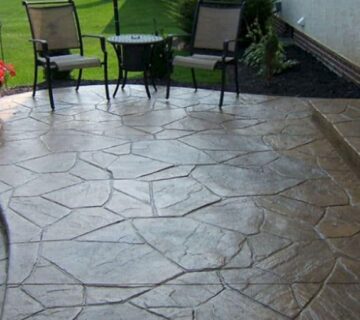
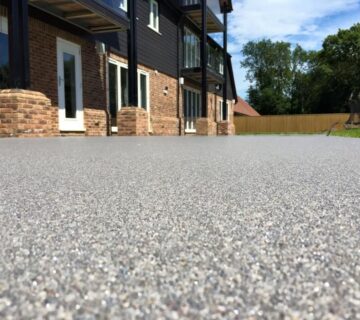
No comment